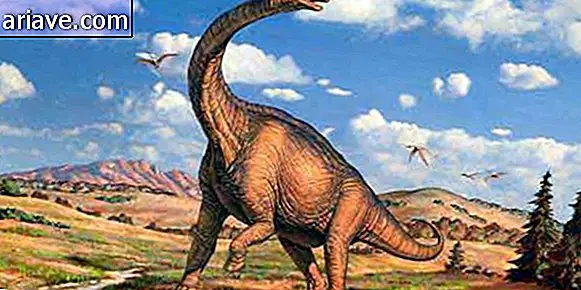Crater formed by Apollo 16 rocket impact on the moon is found
For those who refuse to believe that man actually stepped on the moon, we have news! According to Fiona MacDonald of Science Alert, a researcher was able to find one of the many evidences of human activities left on the satellite's surface.
According to Fiona, physicist Jeff Plescia of Johns Hopkins University found the impact crater of one of NASA's Apollo 16 mission auxiliary rockets, the fifth to bring humans to the satellite and bring them back to the satellite. Safe and sound land for almost 44 years. To this end, Plescia examined high-resolution images captured by NASA's Lunar Reconnaissance Orbiter .
Experiment
As Fiona explained, the auxiliary rocket - whose function was to increase the ship's original "push" when astronauts departed from the moon - was used in an experiment aimed at knocking it down on lunar soil and making seismic measurements that would allow the interior satellite was studied. However, something went wrong, and NASA lost communication with the equipment and since then its exact whereabouts were unknown.

NASA's Apollo 16 mission departed our planet in April 1972 and was the penultimate of the program that flew to the moon. It was manned by astronauts John Young, Thomas Mattingly and Charles Duke, and was the first to land on a mountainous region of the satellite - the “Highlands of Descartes”.
Although the experiments that would be conducted with the help of the Apollo 16 auxiliary rocket have not worked, today astronomers know that earthquakes occur on the moon. As we explained in a story here from Mega Curioso - which you can access via this link -, they look like earthquakes and divide into deep tremors, vibrations caused by the impact of meteorites, motions resulting from thermal variations, and shallow tremors.
This last category - the “shallow tremors” - can hit the 5.5 degrees on the Richter Scale and last for a terrifying 10 minutes. Scientists are unsure what triggers the rattles, since the moon has no active tectonic plates, but they suspect the tremors may be the result of the gravitational pull of our planet, as this force is associated with the formation of cracks on the surface of the planet. satellite.
Have you ever doubted that man ever really went to the moon? Comment on the Mega Curious Forum











